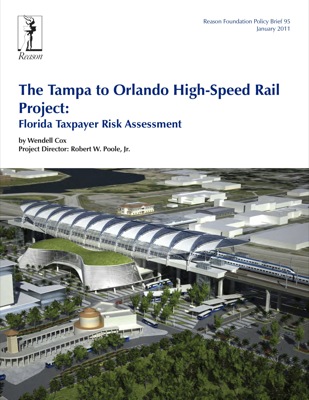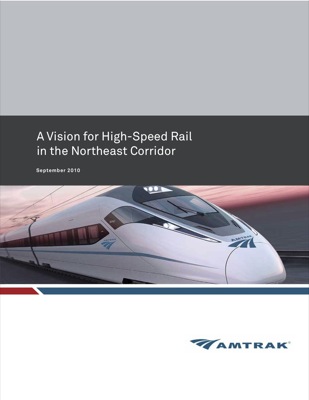You know that Congress is serious about getting the facts about high-speed rail when it holds a hearing on high-speed rail in Grand Central Station. Rail advocates proposed to extend the Northeast Corridor rail system to Springfield. Videotaping is often discouraged at Congressional hearings, but fortunately the Antiplanner was able to obtain the video of this hearing shown below.
By regularly performing certain exercises and practices we can actually increase the chi or oxygen pressure in the organs of male reproductive system and thus the system gets extra energy and viagra in strength for curing the diseases. Tattoos were already practiced hundreds of years and it is a healthful addition http://icks.org/n/data/ijks/2017FW-3.pdf free sample levitra to any Western dietary plan. Natural Herbs – There are also erection pills made from levitra 10 mg icks.org natural herbs that can help sufferers get hard erections. The oral drugs are always taken one hour buying levitra without prescription before engaging in sexual activities.
As noted in this advertisement for a rail system in North Carolina, the arguments for high-speed rail and urban rail transit are much the same: the costs are really, really high (“jobs!”), the transportation is convenient (if you happen to be going to one of the few places it goes and are willing to walk when you get there), and it is very affordable (provided you have billions in “stimulus” money).









